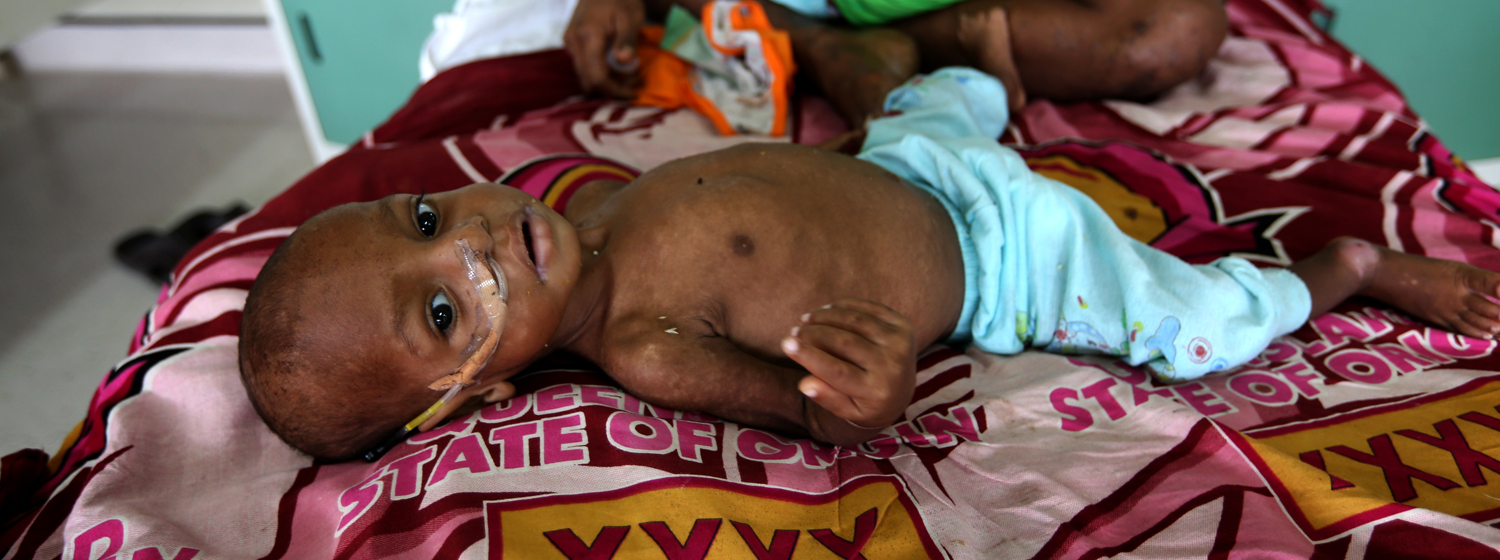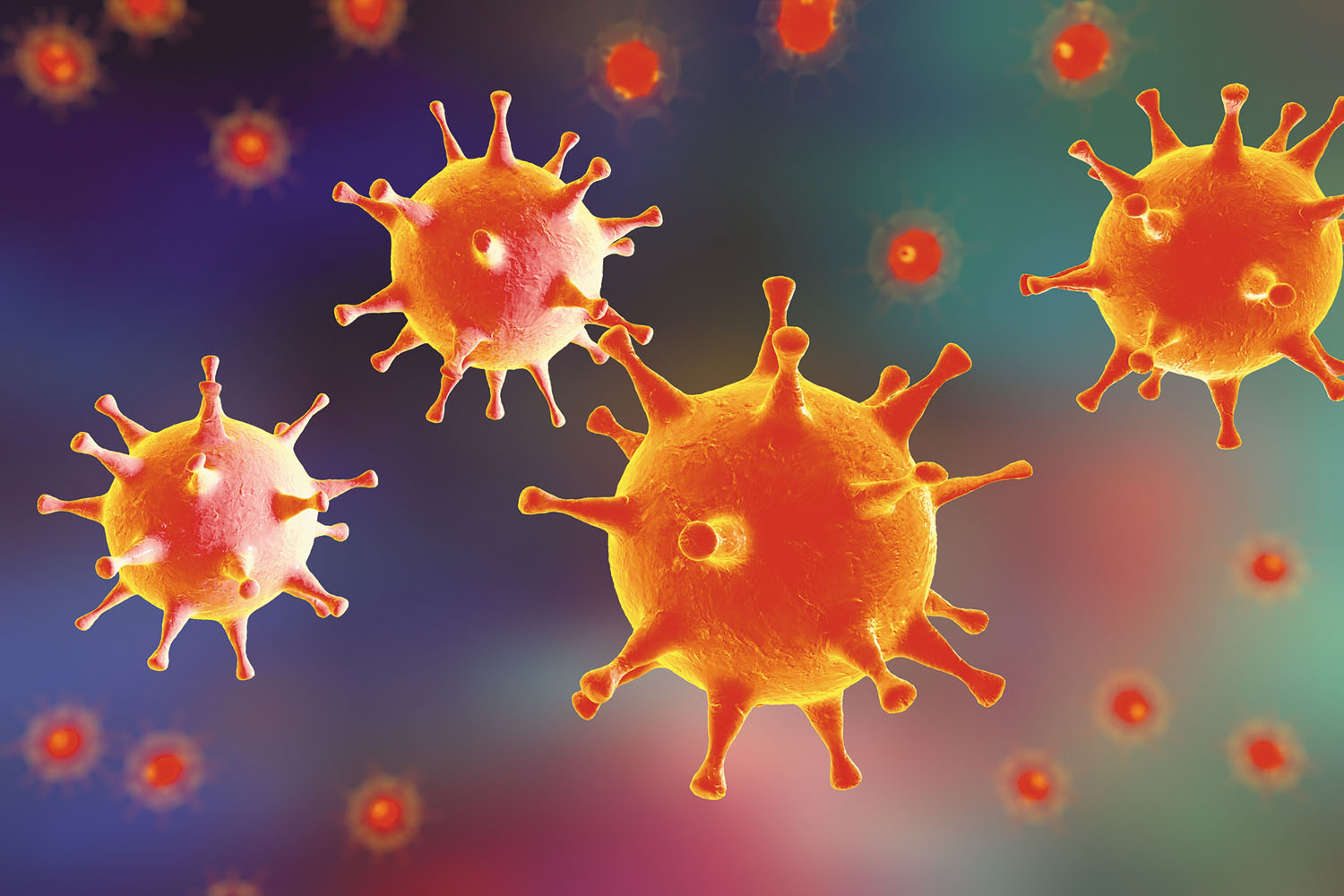Low-income communities also contend with other structural challenges that contribute to higher rates of obesity and chronic disease, including less access to fresh foods; a higher density of fast-food restaurants; and a built environment that is not conducive to physical activity, with less open space and fewer parks and sidewalks. As a result, poor adults have higher rates of obesity and are less likely to meet guideline-recommended levels of physical activity, compared to other adults. Isolating the contribution of income to health can be difficult, in part because income intersects with many other social risk factors-including race, ethnicity, sex, geography, and educational status. For example, people with higher incomes tend to live in healthier neighborhoods and have higher educational attainment and more social capital. Studies aiming to unravel the income-health relationship must adjust for many interrelated factors, some of which may not be known or easily measured.1

Child malnutrition can lead to serious health problems that can lead to death very quickly. Symptoms may include fatigue, dizziness, and weight loss. Or, you may have no symptoms. To diagnose the cause of the problem, your doctor may do blood tests and a nutritional assessment. Treatment may include replacing the missing nutrients and treating the underlying cause.
1
2

